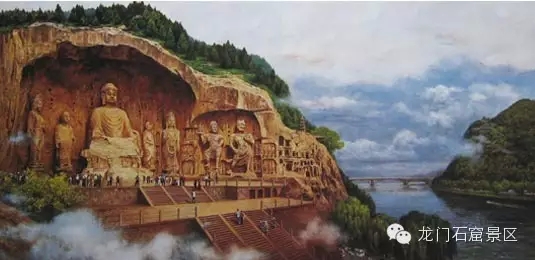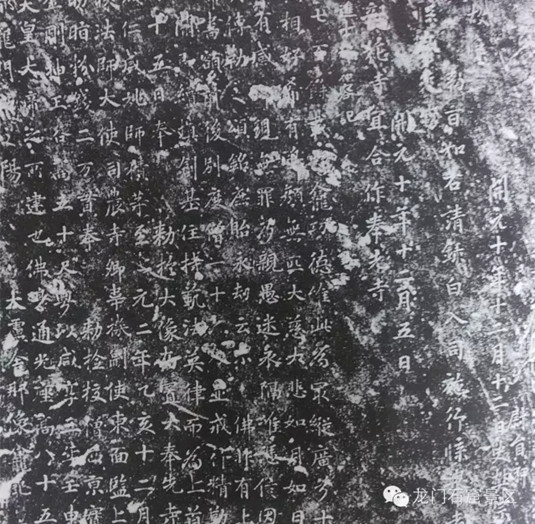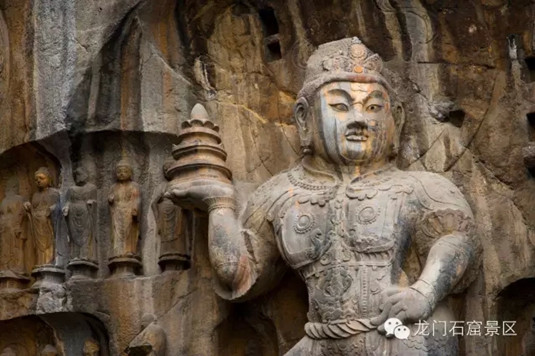The unsung craftsmen behind Longmen Grottoes
Updated: 2016-01-06
Longmen Grottoes was hailed as the “highest development of carving art in China" when it was inscribed upon the World Heritage List by UNESCO World Heritage Committee in the year 2000.
The statue of Losana Buddha in Fengxian Temple vividly illustrates the brilliant craftsmanship, which never fails to arouse admiration from visitors. Based on their observations and acknowledgement, ancient artists transformed their pursuit of beauty into her smile that bears tenderness and confidence, the inner spirit of the statue.
It is a harmonious integration of the doctrinal concept and typical image of Buddhism. Though part of the legs of the statue weathered away, the incomplete beauty makes it the “oriental Venus”.
 |
| Fengxian Temple in Longmen Grottoes [Photo / Longmen Grottoes on WeChat] |
Great artists like Michelangelo and Rodin have been remembered by the history for their contribution to the carving art. However, it is hard to find an ancient Chinese sculptor with such recognition from the world. Today, we will try to find out who were the great men behind the carving of splendid Losana Buddha statue.
The Document of Losana Buddha carved on the stele beside the statue answers the question with several names, such as- Li Junzan, Cheng Renwei and Yao Shiji. Unknown to the world as they are, these craftsmen mastered the exquisite carving skills during the Tang Dynasty (618-907 AD). On the steep cliff, their devotion of lifetime and painstaking efforts turned into large numbers of brilliant Buddhist works.
 |
| The Document of Losana Buddha [Photo / Longmen Grottoes on WeChat] |
However, it is believed that their inferior social status at that time makes it difficult for them to earn a place in the history.
Most ancient craftsmen were slaves supervised by the grotto departments of the Northern Wei Dynasty (386-534 AD) and Tang Dynasty. And even after such great works, their status as slaves did not change. They carried on their fathers’ occupations. Whenever the royal families wanted to excavated a cave, these craftsmen had to serve.
Devout and perseverant, they used their exquisite skills inherited from predecessors to tame nature. Their works of art expressed the theory of Unity of Man and Nature, which distinguished Chinese sculpture from western one in philosophy.
 |
| A statue in Longmen Grottoes [Photo / Longmen Grottoes on WeChat] |
It is no exaggeration to say that Fengxian Temple, which demonstrates the peak culture and art of the Tang Dynasty, would not have come to the world without such great craftsmen.






